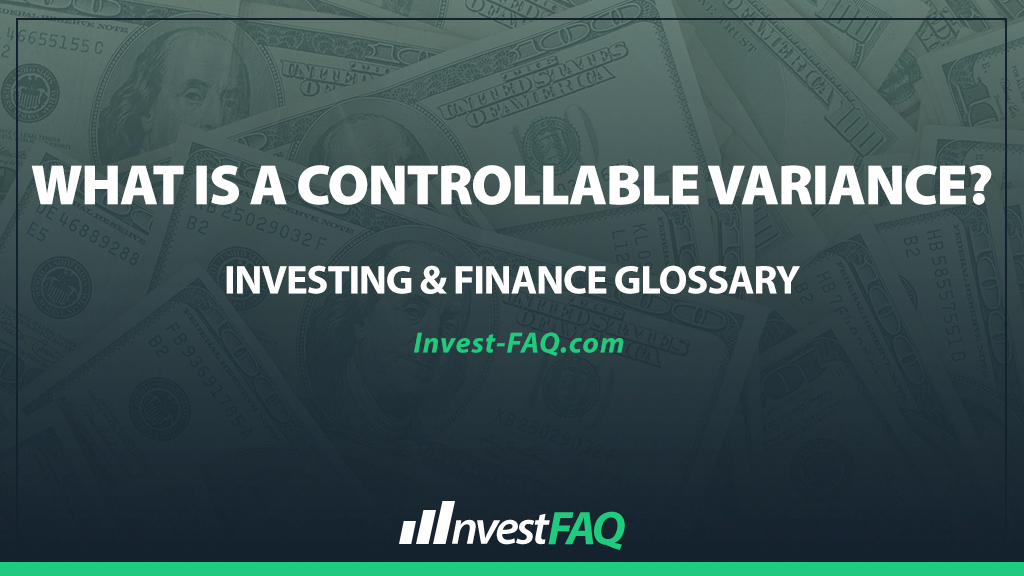
Controllable Variance
Contents
A controllable variance is the difference between the actual cost incurred and the expected cost that management had the power to influence or control. It highlights the effectiveness of managerial decisions in budgeting and controlling costs.
In business, controllable variance is a crucial metric used by management to evaluate the performance of different departments or units.
It aids in identifying areas where spending exceeded or fell short of the planned budget due to decisions directly within the control of managers, such as labor costs, raw material procurement, and operational expenses.
Example of a Controllable Variance
Imagine “QRS Widgets Inc.” budgeted $50,000 for manufacturing costs in a quarter but actually spent $55,000. The management had direct control over the procurement of raw materials and deployment of labor. The $5,000 excess represents a controllable variance, signaling that spending was not as efficient as planned.
In the QRS Widgets Inc. scenario, the controllable variance of $5,000 indicates a discrepancy between planned and actual expenses that management could have influenced.
This might have been due to paying higher prices for raw materials or inefficient use of labor. The identification of this variance prompts a review of decision-making processes and the development of strategies to better control future costs, such as negotiating more favorable terms with suppliers or improving workforce training and scheduling.
Types and Uses in Business Scenarios
Controllable variances can be applied in various business scenarios, including:
Manufacturing: To monitor the efficiency of production processes and the cost-effectiveness of raw material usage.
Service Industries: To control labor costs and overhead expenses in providing services.
Retail: To manage inventory levels and procurement costs effectively.
Project Management: To keep project costs within budget by controlling labor and material expenses.
Understanding controllable variances helps businesses adjust their strategies to improve cost control, operational efficiency, and profitability.
Significance for Investing & Finance
The concept of a controllable variance is significant in accounting for several reasons:
Performance Evaluation: It allows for the assessment of managerial effectiveness in controlling costs within their purview, contributing to more accurate performance evaluations.
Budgeting: Identifying controllable variances helps in refining future budgets by understanding past discrepancies between expected and actual costs.
Decision-Making: Insights from controllable variances guide strategic decisions regarding cost management, resource allocation, and operational adjustments.
In summary, a controllable variance is a critical tool for managers and accountants to understand how well a company controls its costs.
By focusing on the elements of spending that are within managerial control, companies can identify opportunities for improvement, enhance operational efficiency, and bolster their financial performance.
FAQ
What distinguishes controllable variance from uncontrollable variance?
Controllable variance is the cost difference that management can influence through their decisions and actions, whereas uncontrollable variance arises from factors beyond management’s control, such as changes in regulatory policies or natural disasters.
How can management use controllable variance to improve business operations?
Management can use controllable variance analysis to identify inefficiencies and areas where spending exceeds budgets, enabling them to implement corrective actions to enhance operational efficiency and cost control.
Are all variances in a budget controllable by management?
No, not all variances in a budget are controllable; some variances result from external factors outside of management’s influence, highlighting the importance of distinguishing between controllable and uncontrollable variances for effective budget analysis.
Can controllable variance impact a company’s profitability?
Yes, controllable variance directly impacts a company’s profitability, as it reflects the effectiveness of management’s cost control efforts; reducing negative controllable variances can lead to improved profit margins.
